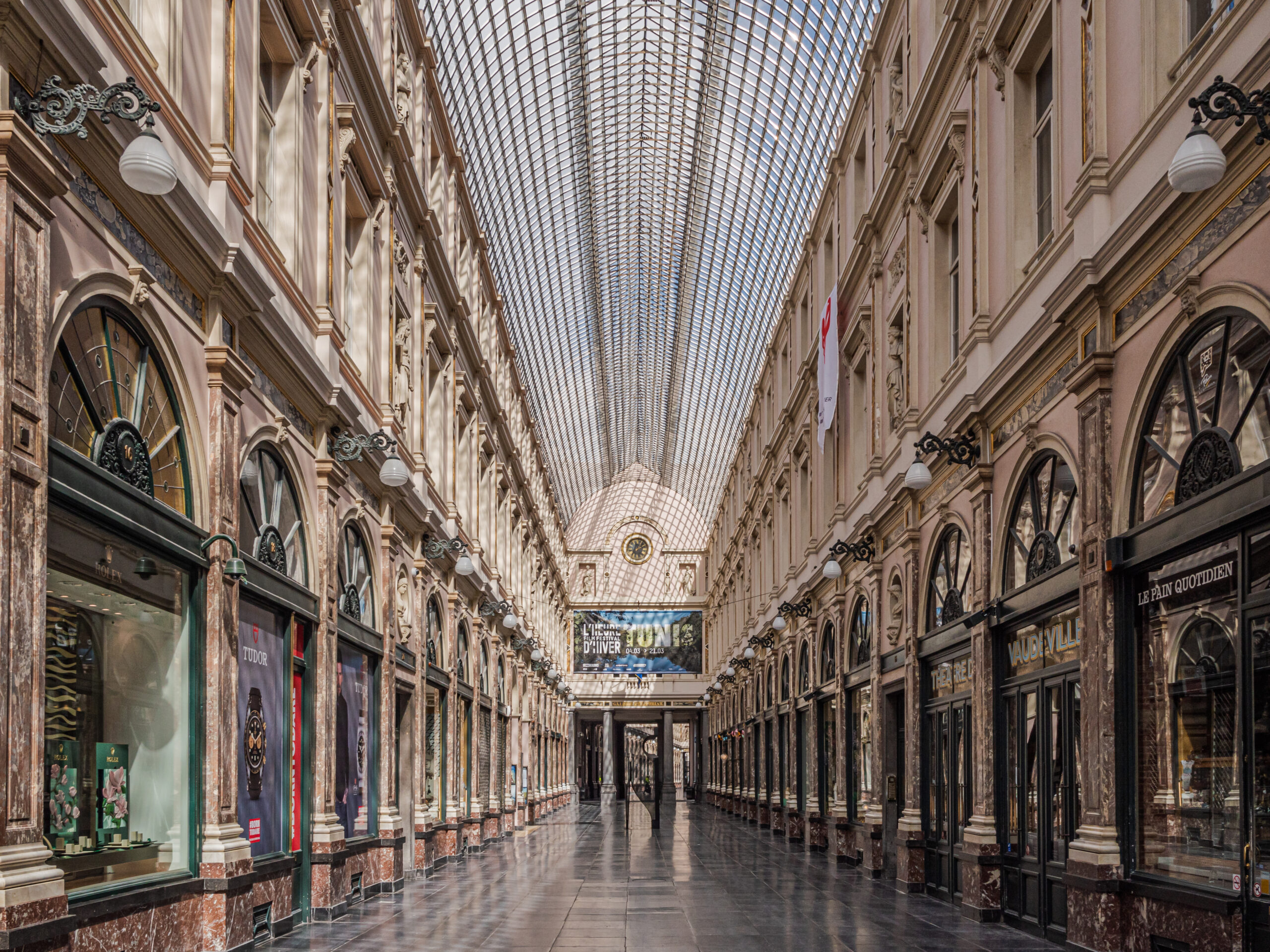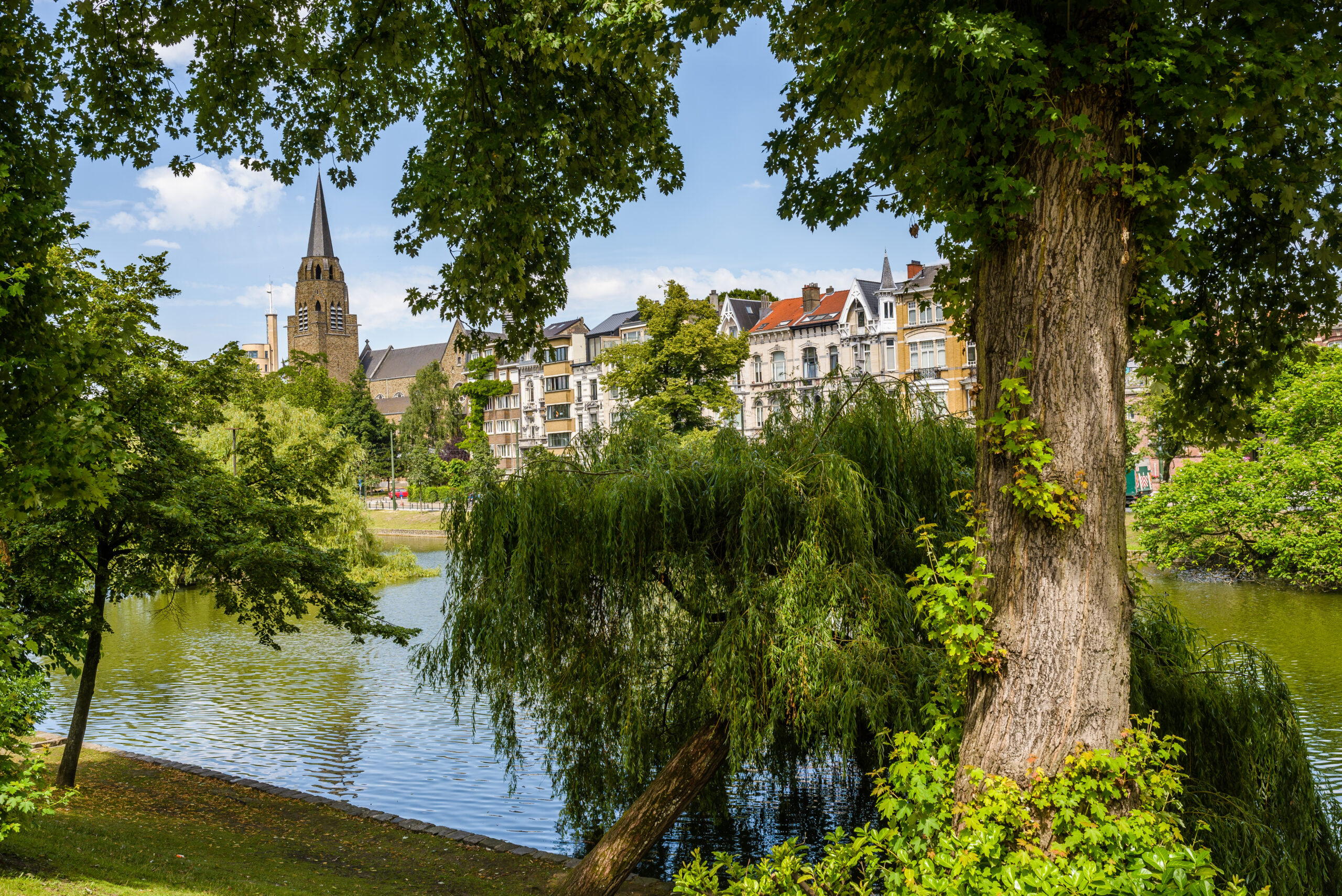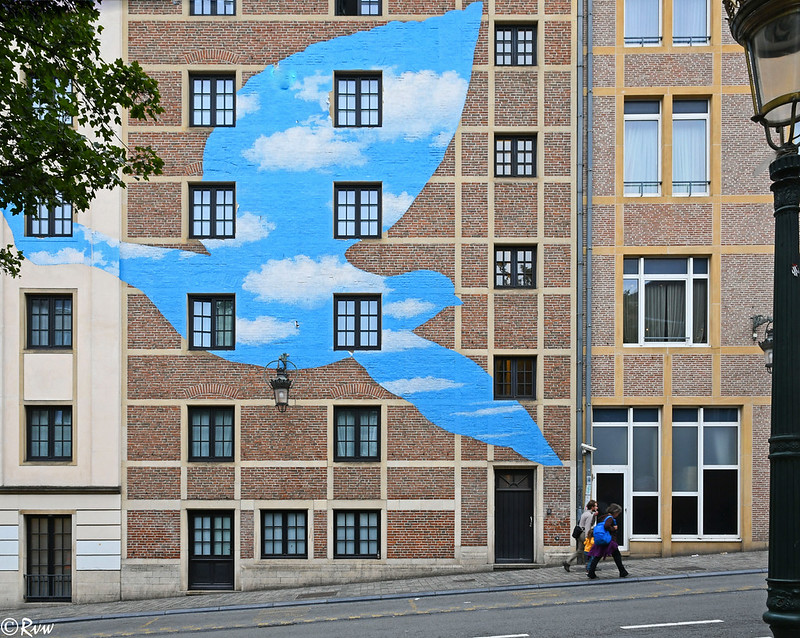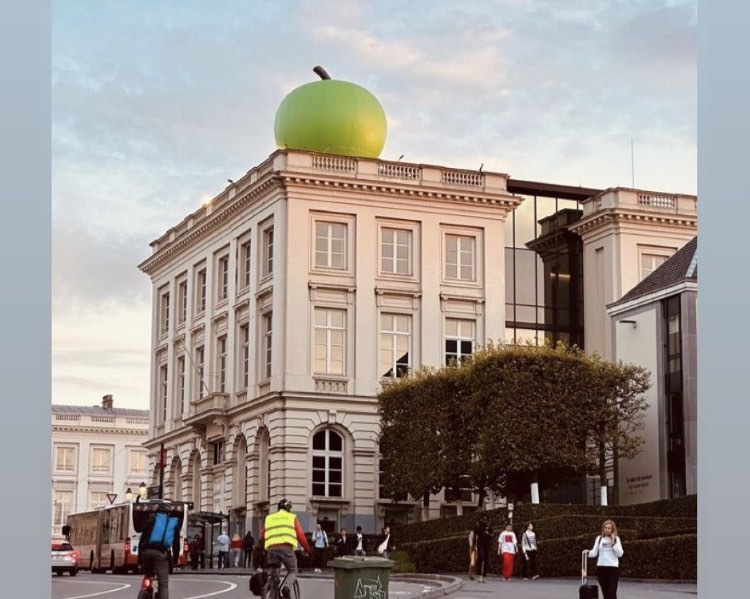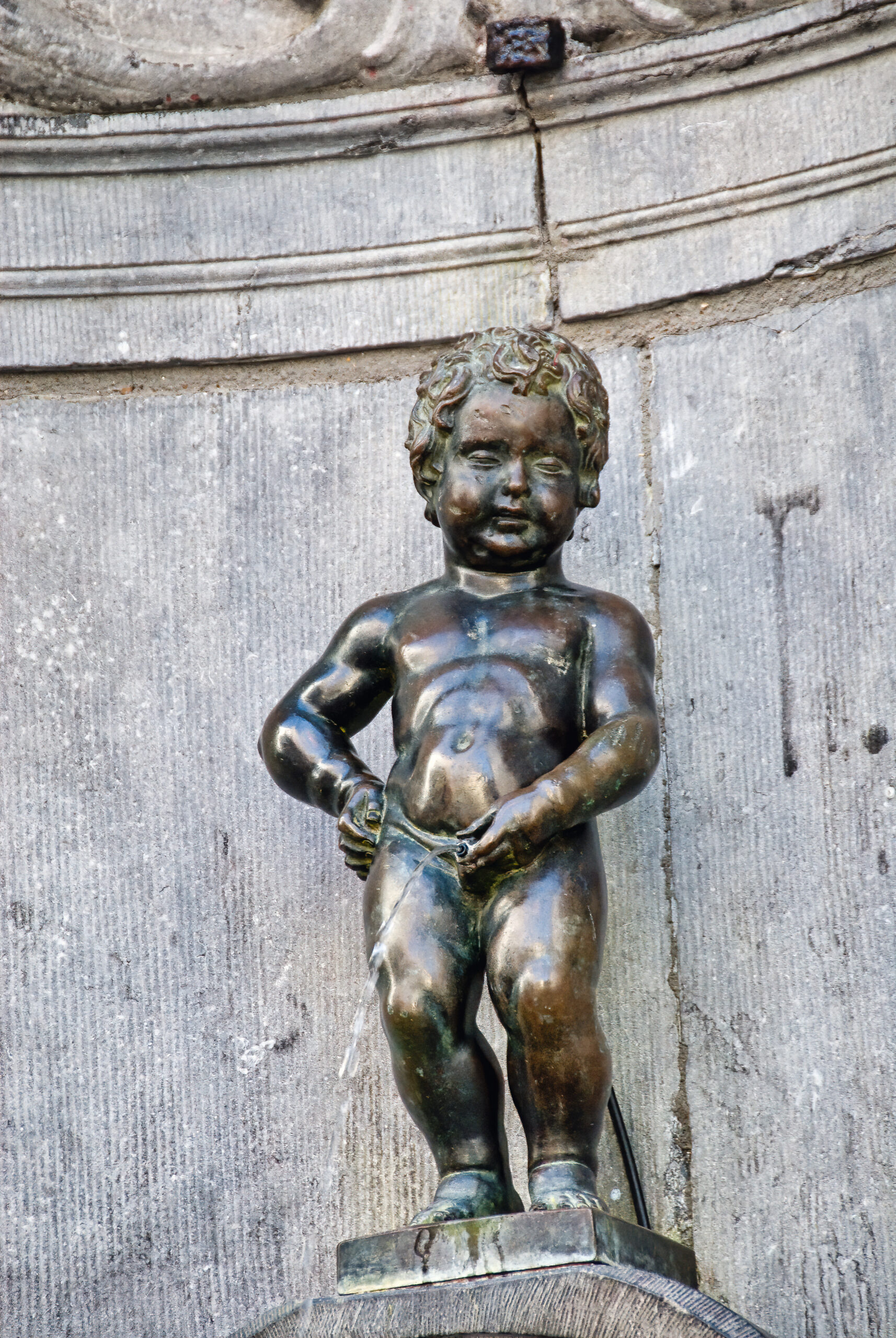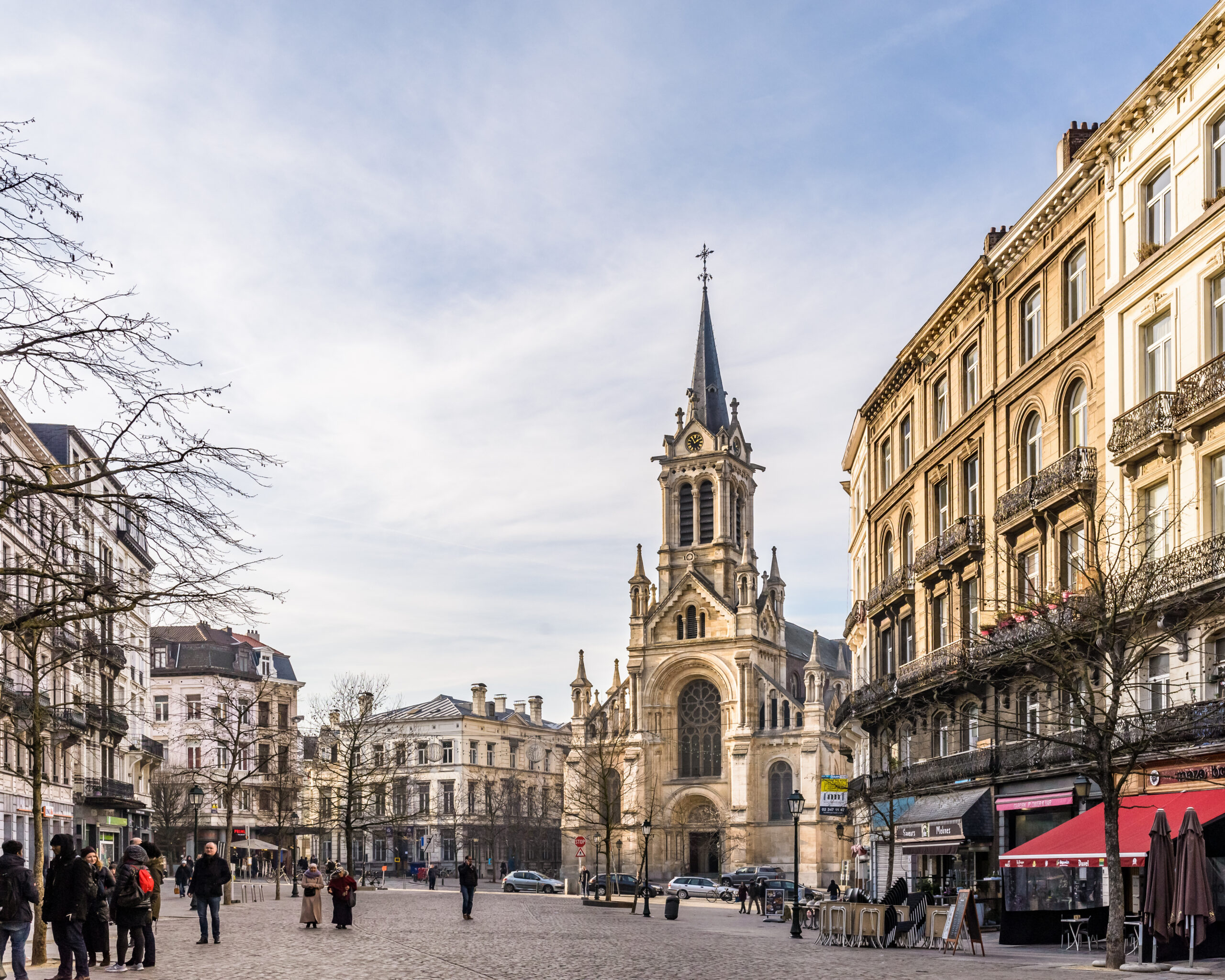
Discover Brussels through its must-see attractions: the Grand Place, with its stunning town hall and 17th-century houses; the nearby Royal Galleries, one of Europe's oldest covered galleries; and the iconic Manneken Pis statue, symbolising the city's spirit. Don’t miss the Atomium, created for the 1958 World Fair, offering exhibitions and panoramic views. Explore more at Mini-Europe and the Design Museum Brussels, just a short walk away.
Cosmopolitan and generous, the Belgian capital is packed with restaurants offering a variety of colourful, tasty cuisines that match its sophisticated image.
Discover the must-try specialities that you simply have to sample when you visit the capital of Europe: chocolate, beer, speculoos, and, of course, the waffle.
The Brussels waffle is crispy on the outside and soft on the inside.
At Maison Dandoy, with a motto like “Spectaculoos Speculoos,” it's clear what their specialty is. This crunchy biscuit gets its distinctive flavor from cinnamon, cloves, nutmeg, ginger, caraway, coriander seeds, and a touch of brown sugar.
Brussels is not only the capital of chocolate but also renowned as the beer capital of the world. Belgium, the land of beer, has Brussels at its epicentre. With centuries of brewing tradition, craft breweries are flourishing. There are nearly twenty throughout the region, with more opening their doors all the time.
The Mont des Arts is the junction between uptown and downtown Brussels and offers a delightful view in all seasons. Below, you can sit in the sumptuous gardens that lead to the statue of Albert I. The “knightly king” faces his love, Queen Elizabeth, whose statue stands on the small Place de l'Albertine on the other side of the road.
The Mont des Arts is home to the KBR, the country's main library, and the KBR Museum, which houses the library of the Dukes of Burgundy and the Archives & Museum of Literature (AML). On the other side of the Mont des Arts you’ll find the Brussels Congress Centre Square. Within walking distance you’ll also find major museums and cultural institutions such as the Bozar, the BELvue museum and the Museum of Musical Instruments (MIM).
Brussels is green, cosmopolitan, friendly, festive, and thrilling—an ideal destination for experiencing sustainable tourism. The Brussels-Capital region is a pioneer in sustainable and responsible tourism, with an ever-growing and improving range of offerings. The city is home to eco-labelled accommodations, conscious restaurants, ethical shops, and environmentally-friendly activities, making it a favorite for tourists seeking a gentler way to explore.
Brussels has earned recognition as the 17th most sustainable city globally, excelling particularly in environmental factors and quality of life for its citizens.
One of the city's standout features is its abundance of green spaces, especially for a capital city. From expansive parks like the iconic Parc du Cinquantenaire to the serene Bois de la Cambre, Brussels is filled with lush, verdant areas that offer a refreshing escape for both residents and visitors. These green oases not only provide a respite from the urban hustle but also play a crucial role in preserving biodiversity and combating climate change.
Moreover, Brussels boasts an extensive public transportation network, making it exceptionally easy for residents to navigate the city without needing a car. The efficient tram, bus, and metro systems promote eco-friendly travel, thereby reducing carbon emissions and alleviating traffic congestion. Additionally, Brussels actively encourages cycling by enhancing bike lanes and offering bike-sharing programs, fostering a culture of sustainable commuting.
As beautiful on the outside as it is on the inside, the Royal Museums of Fine Arts of Belgium is a treasure trove of art and the most visited museum in Brussels. Its name reflects the fact that it comprises several sites, each covering different periods and themes.
Near Place Royale, you can visit the Old Masters Museum, dedicated to European painters from the 15th to the 18th centuries, and the popular Magritte Museum.
Brussels wouldn't be Brussels without Magritte. His surrealist spirit and unbridled creativity have infused the city's streets with a magical ‘je ne sais quoi‘! Exhibitions, landmarks, and shops - follow in the footsteps of the most endearing surrealist of them all. In Brussels, surrealism is more than just an artistic movement: it's a way of life! Poetic, surprising, and sometimes chaotic, the Belgian capital practices the art of the offbeat.
You'll feel the surrealist spirit and Brussels' unique 'zwanze' humour alive and well around every corner. From its architecture, which plays on contrasts, to the cheekiness of its 'zinnekes' (a nickname given to the people of Brussels), and its philosophy of the absurd, Brussels is as mystifying as it is endearing!
Far from being a neighbourhood of grey and austere offices, the European Quarter combines European institutions with community life, parks, museums and more. In this district, you can attend plenary sessions in the Parliament's hemicycle and learn more about the Union thanks to the Parlamentarium, the House of European History and Experience Europe.
You can also stroll through Léopold Park, a green space that recalls the days when the bourgeoisie moved in en masse from the bustling heart of the city. The district is also a landmark for fans of contemporary and Art Nouveau architecture.
The Place Royale, which was built on the ashes of the Coudenberg Palace, has retained its historical function as the “executive power district”. You’ll find the Royal Palace, the “office” of the Belgian King, at the Place des Palais, bordering the Place Royale. Opposite is the Parc de Bruxelles, or Royal Park. The streets bordering the park are also part of the same neoclassical ensemble.
For instance, on the other side of the park, you will see the Palace of the Nation, the seat of the Belgian Parliament. At the Place Royale, with the statue of Godfrey of Bouillon at the centre, you’ll discover the Church of St. James on Coudenberg that resembles a Greco-Roman temple and a series of similar, harmonious mansions.





